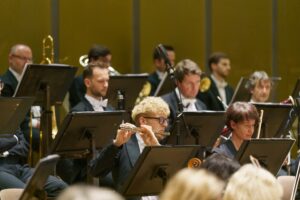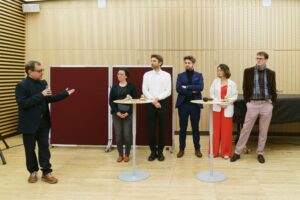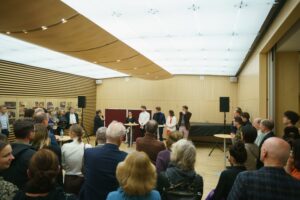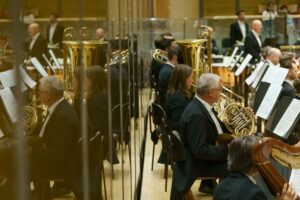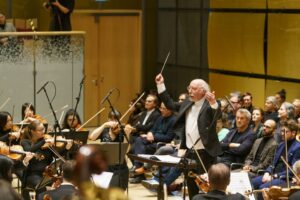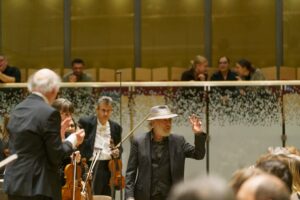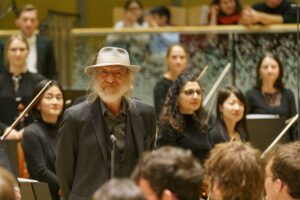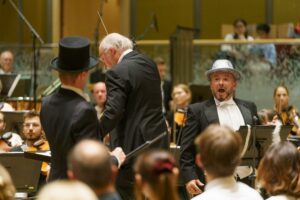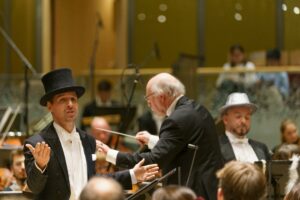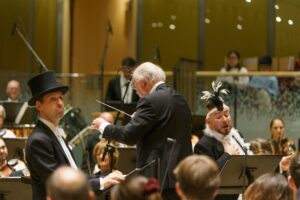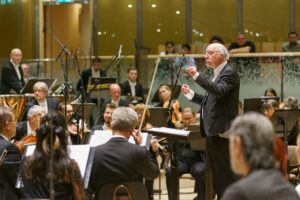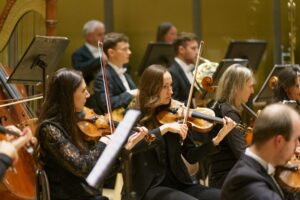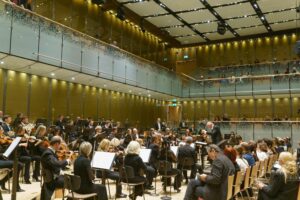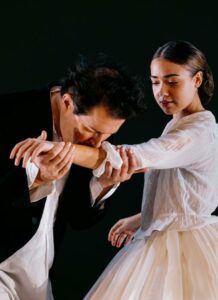
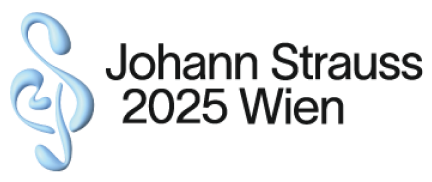 CalendarProgramme
CalendarProgrammePodcast
DE
 CalendarProgramme
CalendarProgramme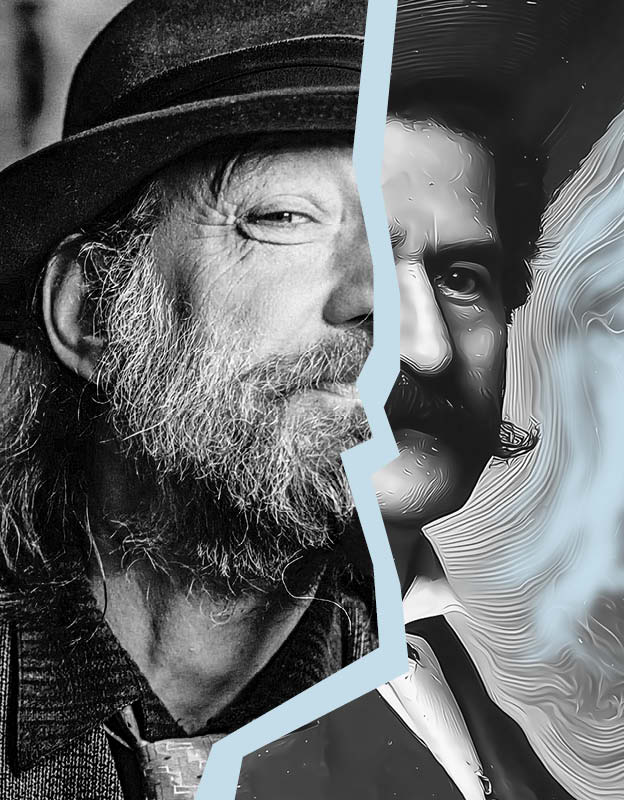
For logistical reasons, the event will not take place in Halle E as originally planned, but in Vienna's Musikverein. The event will begin at 7 p.m. with an introductory talk in the "Hölzerner Saal", followed by the concert in the "Gläserner Saal". Tickets that have already been purchased or reserved remain valid.
Johann Strauss never wrote a symphony, but the 500 dances he produced earned him the sobriquet “demonic composing machine”. And with his admiration for technical progress he might have welcomed the real thing. Plans are now afoot for a new waltz symphony by a man-machine collective. Johann Strauss 2025 Wien and the Ars Electronica Futurelab are inviting four young composers to collaborate with an AI-based composition system (see following pages). The same programme also features the first performance of an all-human waltz symphony by Roland Neuwirth.
Johann Strauss
Accelerationen
Waltz, op. 234
Jean, chaud lá - fusse en!
A Viennese Waltz Symphony
Johannes Brömmel, David Bock, Carolina Caballero-Bastidas, Matthias Guntner & Danielle Lurie
Waltz Symphony
Movements of the Waltz Symphony
It’s Just Noise
How can acoustic chaos be ordered – and when does it become music? Johannes Brömmel (University Mozarteum Salzburg) explores acoustic perception in today’s flood of information with It’s Just Noise. Using the AI Ricercar, he generated five superimposed sound layers from Strauss’ Blue Danube Waltz – a musical information chaos. From this he shaped a piece between noise and structure: an experiment on how much Strauss’ music must be alienated in order to disappear behind information..
Dialog im Walzer
David Bock (DE/CH)
With Dialogue in the Waltz, David Bock (Zurich University of the Arts) sheds light on the exchange between human and AI creativity in composition. In collaboration with the AI Ricercar, he explores boundaries by regulating information density, introducing new rules, and deliberately inserting mistakes to investigate how AI results can influence and inspire creative processes. The outcome is a hybrid dialogue between human and AI, aiming for innovative creative expression.
Scherzo
Carolina Caballero-Bastidas, Matthias Guntner
Starting from Strauss’ deep affinity with dance music and its connection to current trends, Caballero and Guntner (University of Music and Performing Arts Vienna) interact with the AI system Ricercar to imagine Strauss’ approach to dance today. Inputs and outputs merged into a continuous exchange, shaped by the different creative processes of both sides. Thus, Scherzo was equally influenced by AI and human, questioning this duality.
Der Flederfrosch
In reference to Strauss’ operetta Die Fledermaus, Danielle Lurie (University of Music and Performing Arts Munich) stages in The Bat-Frog an operetta-like casting scene, where AI serves as a mirror of society. Exaggerated prejudices and discrimination are expressed musically as well: the AI system Ricercar, trained on classical European music, was confronted with non-European musical traditions. The result is a humorous symbiosis of human and machine.
Libretto: Theresa Mandlik
Vocals: Pablo Cameselle, Christian Kotsis

